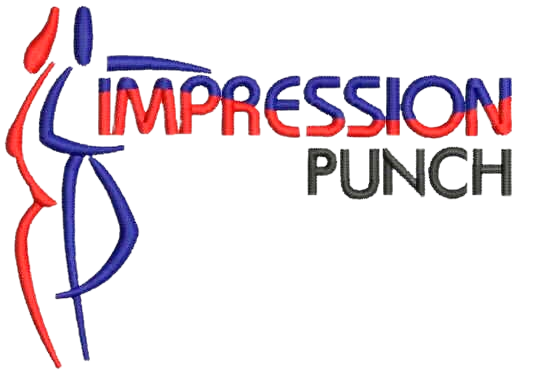In the vibrant world of embroidery, where threads weave stories and designs come to life, embroidery digitizing software stands as a game-changer. For those unacquainted, embroidery digitizing is the process of converting intricate designs into a digital format that machines can stitch onto fabric. This transformation is crucial for achieving precision and consistency in embroidery projects. Whether you’re a hobbyist looking to personalise a gift or a professional aiming to streamline production, understanding embroidery digitizing software is essential. Let’s dive into how this technology can elevate your embroidery game.
What is Embroidery Digitizing Software?
Embroidery digitizing software serves as the bridge between creative design and practical execution. It translates visual designs—whether hand-drawn sketches, digital artwork, or logos—into a machine-readable format. This process involves creating a digital “map” of the design that guides embroidery machines on how to stitch each element.
Why is Embroidery Digitizing Important?
- Precision and Accuracy: Traditional methods of embroidery often rely on manual techniques, which can lead to inconsistencies. Embroidery digitizing software ensures that every stitch is perfectly placed, resulting in clean and precise designs.
- Customization and Flexibility: With digitizing software, you can easily modify designs, adjust sizes, and experiment with colors. This flexibility allows for a high degree of customization, making it ideal for creating unique, personalized pieces.
- Efficiency: Automating the embroidery process reduces the time and effort needed to complete complex designs. This efficiency is particularly beneficial for businesses handling large orders or intricate designs.
Key Features to Look for in Software
When selecting embroidery digitizing software, consider the following features to ensure it meets your needs:
- User-Friendly Interface: A straightforward, intuitive interface will make it easier to navigate the software, especially for beginners. Look for tools that offer drag-and-drop functionality and easy-to-understand controls.
- Design Flexibility: The software should support a variety of file formats and allow for extensive customization. Features like stitch type selection, color adjustments, and resizing are crucial for creating diverse designs.
- Auto-Digitizing Capabilities: Some software options come with auto-digitizing features that can convert raster images into embroidery-ready formats automatically. This can be a great time-saver, though manual adjustments may still be necessary for optimal results.
- Preview and Editing Tools: A preview function helps visualize how the design will look once embroidered. Editing tools should allow you to make precise adjustments to stitch paths, densities, and other elements.
- Support and Updates: Reliable customer support and regular software updates are important for addressing any issues and keeping up with advancements in embroidery technology.
Top Digitizing Software Options
- Wilcom Embroidery Studio: Known for its professional-grade features, Wilcom offers comprehensive tools for both beginners and experts. Its user-friendly interface and powerful digitizing capabilities make it a top choice for many.
- Brother PE-Design: Ideal for those who use Brother embroidery machines, this software provides excellent design flexibility and ease of use, along with strong customer support.
- Embird: With a modular approach, Embird allows users to purchase only the features they need. It’s a versatile option suitable for both hobbyists and professionals.
- SewArt: This software is popular for its simplicity and effectiveness in converting images into embroidery files. It’s an excellent choice for those new to digitizing.
Here are some designs made by using Embroidery software
Tips for Getting Started with Embroidery Software
- Learn the Basics: Familiarize yourself with embroidery terminologies and stitching techniques. Understanding these basics will help you make the most of your digitizing software.
- Experiment and Practice: Start with simple designs and gradually tackle more complex projects. Practice will help you become proficient in using the software and interpreting design elements.
- Utilize Tutorials and Resources: Many software programs offer tutorials and user guides. Take advantage of these resources to enhance your skills and troubleshoot any issues.
- Join a Community: Engaging with embroidery forums and groups can provide valuable insights and support from fellow enthusiasts and professionals.
Conclusion
Embroidery digitizing software is a powerful tool that transforms creative visions into beautifully embroidered realities. By understanding its features and how to use it effectively, you can unlock new possibilities in your embroidery projects, whether for personal enjoyment or professional success. Embrace the technology, experiment with designs, and let your creativity shine through every stitch.
For further study about comparison in these softwares.



Leave a Reply